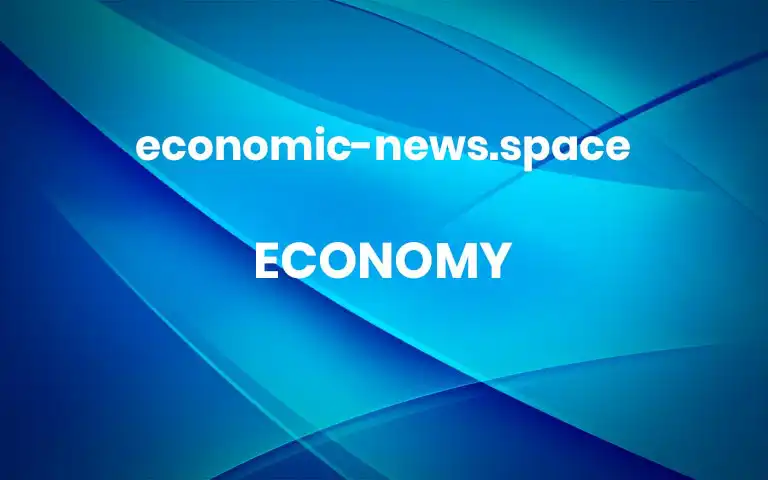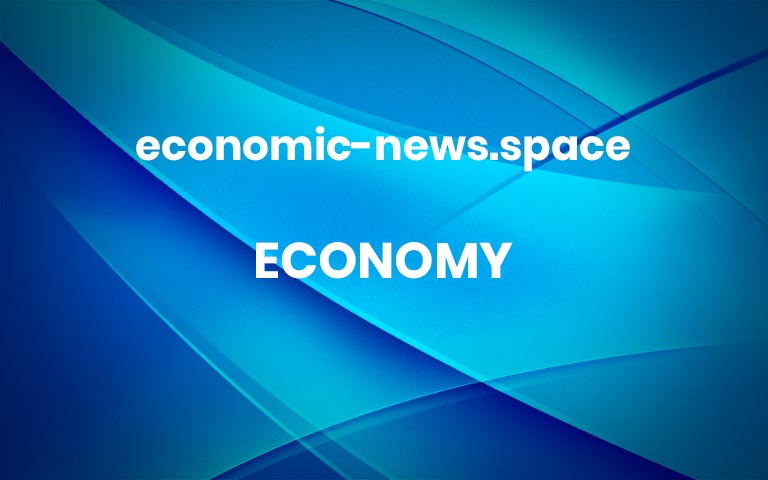Fed Confronts a ‘New World’ of Inflation

Central banks had a longstanding playbook for how inflation worked. In the postpandemic era, all bets are off.Federal Reserve officials are questioning whether their longstanding assumptions about inflation still apply as price gains remain stubbornly and surprisingly rapid — a bout of economic soul-searching that could have big implications for the American economy.For years, Fed policymakers had a playbook for handling inflation surprises: They mostly ignored disruptions to the supply of goods and services when setting monetary policy, assuming they would work themselves out. The Fed guides the economy by adjusting interest rates, which influence demand, so keeping consumption and business activity chugging along at an even keel was the primary focus.But after the global economy has been rocked for two years by nonstop supply crises — from shipping snarls to the war in Ukraine — central bankers have stopped waiting for normality to return. They have been raising interest rates aggressively to slow down consumer and business spending and cool the economy. And they are reassessing how inflation might evolve in a world where it seems that the problems may just keep coming.If the Fed determines that shocks are unlikely to ease — or will take so long that they leave inflation elevated for years — the result could be an even more aggressive series of rate increases as policymakers try to quash demand into balance with a more limited supply of goods and services. That painful process would ramp up the risk of a recession that would cost jobs and shutter businesses.“The disinflationary forces of the last quarter-century have been replaced, at least temporarily, by a whole different set of forces,” Jerome H. Powell, the Fed chair, said during Senate testimony on Wednesday. “The real question is: How long will this new set of forces be sustained? We can’t know that. But in the meantime, our job is to find maximum employment and price stability in this new economy.”When prices began to pick up rapidly in early 2021, top Fed policymakers joined many outside economists in predicting that the change would be “transitory.” Inflation had been slow in America for most of the 21st century, weighed down by long-running trends like the aging of the population and globalization. It seemed that one-off pandemic shocks, especially a used-car shortage and ocean shipping issues, should fade with time and allow that trend to return.But by late last year, central bankers were beginning to rethink their initial call. Supply chain problems were becoming worse, not better. Instead of fading, price increases had accelerated and broadened beyond a few pandemic-affected categories. Economists have made a monthly habit of predicting that inflation has peaked only to see it continue to accelerate.Now, Fed policymakers are analyzing what so many people missed, and what it says about the unrelenting inflation burst.“Of course we’ve been looking very carefully and hard at why inflation picked up so much more than expected last year and why it proved so persistent,” Mr. Powell said at a news conference last week. “It’s hard to overstate the extent of interest we have in that question, morning, noon and night.”The Fed has been reacting. It slowed and then halted its pandemic-era bond purchases this winter and spring, and it is now shrinking its asset holdings to take a little bit of juice out of markets and the economy. The central bank has also ramped up its plans to raise interest rates, lifting its main policy rate by a quarter point in March, half a point in May and three-quarters of a point last week while signaling more to come.Understand Inflation and How It Impacts YouInflation 101: What’s driving inflation in the United States? What can slow the rapid price gains? Here’s what to know.Inflation Calculator: How you experience inflation can vary greatly depending on your spending habits. Answer these seven questions to estimate your personal inflation rate.An Economic Cliff: Inflation is expected to remain high later this year even as the economy slows and layoffs rise. For many Americans, it’s going to hurt.Greedflation: Some experts say that big corporations are supercharging inflation by jacking up prices. We take a closer look at the issue. It is making those decisions without much of an established game plan, given the surprising ways in which the economy is behaving.“We’ve spent a lot of time — as a committee, and I’ve spent a lot of time personally — looking at history,” Patrick Harker, president of the Federal Reserve Bank of Philadelphia, said in an interview on Wednesday. “Nothing quite fits this situation.”A recruiter at a job fair in North Miami Beach, Fla., last week. Labor shortages are pushing up wages, which is likely contributing to higher inflation. Scott McIntyre for The New York TimesGas prices have helped drive inflation higher.Scott McIntyre for The New York TimesThe economic era before the pandemic was stable and predictable. America and many developed economies spent those decades grappling with inflation that seemed to be slipping ever lower. Consumers had come to expect prices to remain relatively stable, and executives knew that they could not charge a lot more without scaring them away.Shocks to supply that were outside the Fed’s control, like oil or food shortages, might push up prices for a while, but they typically faded quickly. Now, the whole idea of “transient” supply shocks is being called into question.The global supply of goods has been curtailed by one issue after another since the onset of the pandemic, from lockdowns in China that slowed the production of computer chips and other goods to Russia’s invasion of Ukraine, which has limited gas and food availability.At the same time, demand has been heady, boosted by government pandemic relief checks and a strong labor market. Businesses have been able to charge more for their limited supply, and consumer prices have been picking up sharply, climbing 8.6 percent over the year through May.Research from the Federal Reserve Bank of San Francisco released this week found that demand was driving about one-third of the current jump in inflation, while issues tied to supply or some ambiguous mix of supply-and-demand factors were driving about two-thirds.That means that returning demand to more normal levels should help ease inflation somewhat, even if supply in key markets remain roiled. The Fed has been clear that it cannot directly lower oil and gas prices, for instance, because those costs turn more on the global supply than they do on domestic demand.“There’s really not anything that we can do about oil prices,” Mr. Powell told senators on Wednesday. Still, he added later, “there is a job to moderating demand so that it can be in better balance with supply.”Inflation F.A.Q.Card 1 of 5What is inflation? More



